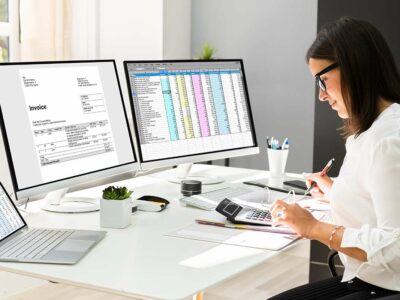
Dividends paid to shareholders also have a normal balance that is a debit entry. A cash dividend primarily impacts the https://www.bookstime.com/ cash and shareholder equity accounts. There is no separate balance sheet account for dividends after they are paid.
- When expressed as a percentage of total earnings, it is also called the retention ratio and is equal to (1 – the dividend payout ratio).
- When you prepare a balance sheet, you must first have the most updated retained earnings balance.
- Alternatively, the company paying large dividends that exceed the other figures can also lead to the retained earnings going negative.
- Welcome to the world of finance, where understanding the nuances of various accounting concepts is essential.
- Both the Dividends account and the Retained Earnings account are part of stockholders’ equity.
- The accounts of a Balance Sheet using IFRS might appear as shown here.
In other words, retained earnings and cash are reduced by the total value of the dividend. The ultimate effect of cash dividends on the company’s balance sheet is a reduction in cash for $250,000 on the asset side, and a reduction in retained earnings for $250,000 on the equity side. In addition to cash dividends, companies can also pay stock normal balance of accounts dividends. We can illustrate each account type and its corresponding debit and credit effects in the form of an expanded accounting equation. When a cash dividend is paid, the stock price generally drops by the amount of the dividend. For example, a company that pays a 2% cash dividend, should experience a 2% decline in the price of its stock.
Using the Normal Balance
If a company pays stock dividends, the dividends reduce the company’s retained earnings and increase the common stock account. Cash dividends offer a way for companies to return capital to shareholders. Later, on the date when the previously declared dividend is actually distributed in cash to shareholders, the payables account would be debited whereas the cash account is credited. The announced dividend, despite the cash still being in the possession of the company at the time of the announcement, creates a current liability line item on the balance sheet called “Dividends Payable”. Once a proposed cash dividend is approved and declared by the board of directors, a corporation can distribute dividends to its shareholders.
Moreover, comprehending the normal balance enables businesses to accurately record dividend transactions and analyze their impact on financial statements. It allows for effective tax planning, facilitates dividend communication with investors, and guides financial analysis and decision-making processes. In summary, the examples provided highlight how dividends are recorded in the general ledger. The normal balance of dividends can vary based on the type of dividend (cash or stock), the company’s structure, and the accounting principles followed. Understanding these examples can help enhance your comprehension of the normal balance in dividends and its impact on financial records. In the world of accounting, it is important to have a clear understanding of the normal balance of dividends.
